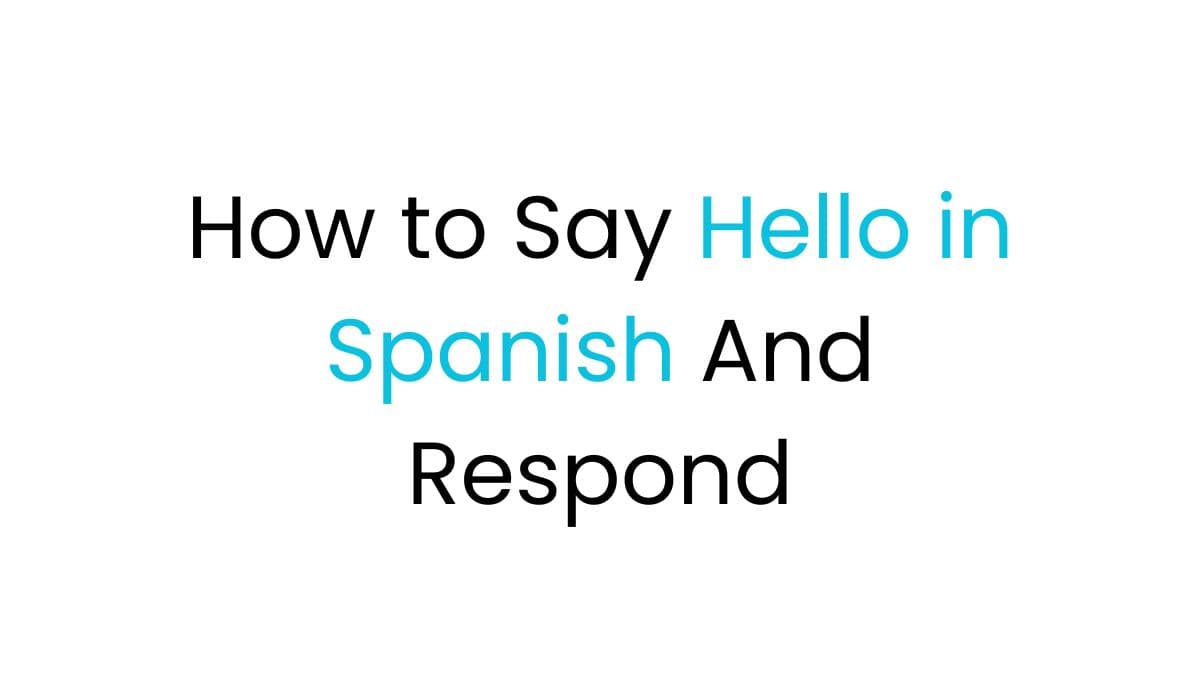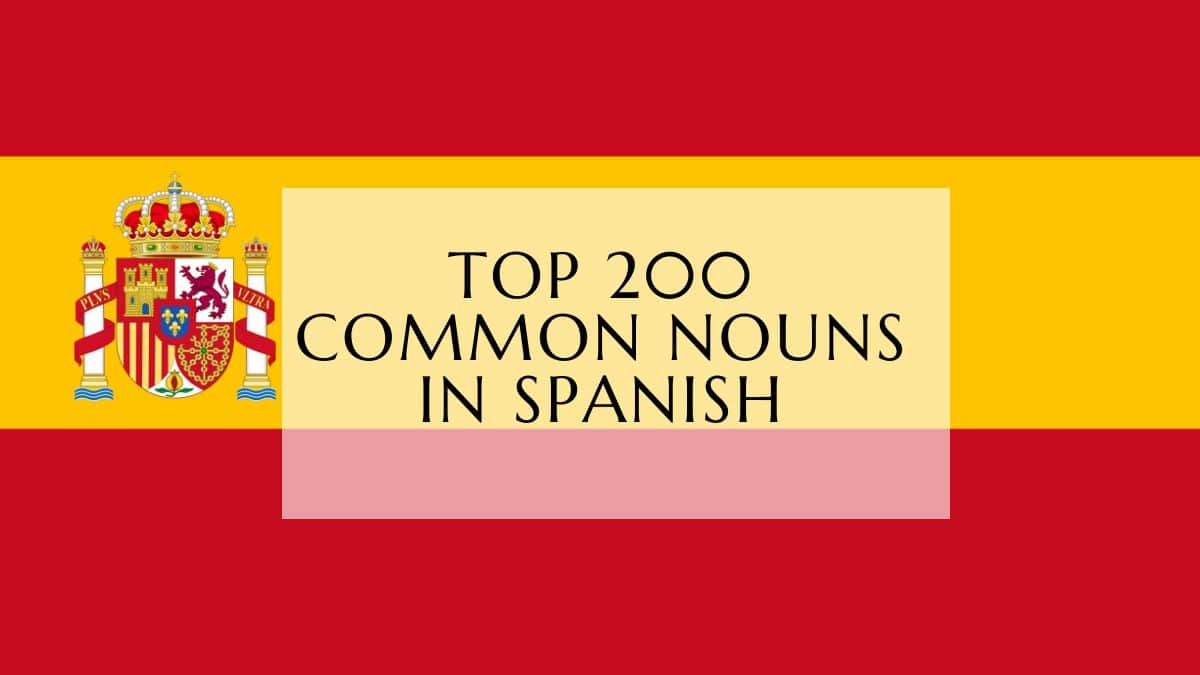Learning how to say hola, the key saludos in Spanish, is crucial for good communication. Whether you’re looking for a warm bienvenida (welcome) or a simple saludo (greeting), knowing how to greet in Spanish is key. This guide will show you different ways to say hello in Spanish. We’ll also cover how to respond and start conversations smoothly.

Importance of Greeting in Spanish
Learning to greet someone in Spanish is key for many reasons. It’s a sign of cortesía (courtesy) and respect. Saying hello in Spanish shows you care about their culture and want to connect with them.
Saying “hello” and “how are you” in Spanish helps start conversations and improve communication. It can also make a great primera impresión (first impression). This is useful when you’re traveling or meeting Spanish speakers in your area.
Why Learning to Say Hello in Spanish Matters
About 456 million people speak Spanish as their first language, and 99 million speak it as a second or third language. It’s the second most spoken language worldwide. Knowing basic Spanish greetings can open doors to new cultures, business, and personal relationships.
Advantages of Mastering Spanish Greetings
- Demonstrates respect and cultural awareness
- Helps initiate conversations and build rapport
- Allows for more effective communication and understanding
- Enables you to make a positive first impression
- Facilitates connections with Spanish-speaking individuals and communities
Learning and practicing Spanish greetings has many benefits. It helps in building stronger relationships and opens up new opportunities. This basic language skill is a valuable investment for the future.
Basic Spanish Greetings
In Spanish, the most common greeting is “Hola.” It’s used in many situations, from casual chats to formal meetings. But there are also formal greetings for different times. For example, “Buenos días” (good morning), “Buenas tardes” (good afternoon), and “Buenas noches” (good evening).
Using “Hola” (Hello) in Different Situations
“Hola” is a key Spanish greeting for both formal and informal settings. It’s a friendly way to say “hello” to friends, family, colleagues, or even people you’ve just met.
- When meeting someone for the first time: “Hola, mucho gusto.” (Hello, nice to meet you.)
- When greeting a friend: “¡Hola, amigo/a!” (Hello, friend!)
- When addressing a colleague: “Hola, ¿cómo estás?” (Hello, how are you?)
Formal Greetings: “Buenos Días”, “Buenas Tardes”, “Buenas Noches”
Spanish also has formal greetings like “Hola,” based on the time of day. These greetings show respect and set the right tone for the conversation.
- “Buenos días” (Good morning) – Used from 6 am to 12 pm.
- “Buenas tardes” (Good afternoon) – Used from after lunch until about 8 pm.
- “Buenas noches” (Good evening) – Used from 9 pm onwards.
Knowing these formal greetings is important in the Spanish-speaking world. They show respect and help set the right level of formality in social and professional situations.
Hello In Spanish
Learning how to say “hola,” the Spanish word for “hello,” is key to sounding real with Spanish speakers. Remember, the “h” in “hola” is silent, so it’s pronounced as “oh-lah.” It’s important to get the unique vowel sounds right to master this greeting.
Pronouncing “Hola” Correctly
In Spanish, vowels sound different from English. The “o” in “hola” sounds short and closed, like the “o” in “hot.” The “a” at the end should sound open and relaxed, similar to the “a” in “father.” Paying attention to these vowel sounds will help you say “hola” clearly and with confidence.
Exploring Spanish Vowel Sounds
- Spanish has 5 basic vowel sounds: a, e, i, o, u
- Each vowel has a distinct, consistent pronunciation, unlike the variable vowel sounds in English
- The a sound is always open and relaxed, like in “father”
- The e sound is a closed, high-front vowel, like in “bet”
- The i sound is a high, front vowel, like in “see”
- The o sound is a closed, back vowel, like in “hot”
- The u sound is a high, back vowel, like in “boot”
Getting to know the Spanish vowel system and practicing “hola” will help you greet Spanish speakers with confidence and realness.
Responding to “¿Cómo Estás?” (How Are You?)
In Spanish conversations, you’ll often hear “¿Cómo estás?” (How are you?). It’s important to know how to answer, whether you’re feeling good, okay, or great. This is key to Spanish manners.
There are over 15 ways to answer “¿Cómo estás?”, from polite to a bit sassy. Let’s look at some common answers for natural conversations.
- The classic “Estoy bien” (I’m fine) is a common answer, similar to saying “I’m fine” in English.
- For a more upbeat reply, “Muy bien, gracias” (Very good, thank you) shows you’re in a good mood.
- Feeling just okay? “Así, así” (So-so) is a good way to say you’re doing alright.
Polite answers like “¿Y usted?” (And you?) or “Gracias por preguntar” (Thank you for asking) show respect and care for others’ well-being.
Knowing these answers is useful whether you’re in Mexico or another Spanish-speaking country. It makes talking in Spanish easier and more confident.
Casual and Informal Greetings
There are also casual ways to say “hello” in Spanish, used with friends or in relaxed settings. These saludos informales, or informal greetings, make connecting with Spanish speakers more friendly and casual.
Examples of Colloquial Spanish Expressions
Some popular expresiones coloquiales include:
- “¡Hola, amigo!” (Hey, friend!)
- “¿Qué onda?” (What’s up?)
- “¿Cómo te va?” (How’s it going?)
- “¿Qué tal?” (What’s up?)
- “¿Cómo estás, wey?” (How are you, dude?)
- “¡Qué chido!” (That’s cool!)
These lenguaje cotidiano expressions help you start conversations easily. They show you’re friendly and make talking more natural and comfy.
Remember, how you use these greetings can change based on where you are and how well you know the people. In some places, like Latin America, greetings might include a handshake, hug, or cheek kiss. Knowing these cultural details can make you better at socializing in Spanish.
Regional Variations in Spanish Greetings
The Spanish language covers many countries and cultures. This means greetings can change a lot from place to place. Learning how people greet each other in Spain, Mexico, Argentina, and other Spanish-speaking countries can help you understand the language better. It also shows the rich culture of the Spanish-speaking world.
Greetings in Spain
In Spain, “Hola” is used everywhere, for both friends and formal situations. But in formal settings, add the person’s title and last name after “Hola” to show respect. Remember, “Buenos días” (Good morning), “Buenas tardes” (Good afternoon), and “Buenas noches” (Good evening) are key phrases to use when it fits.
Greetings in Mexico and Latin America
In Latin American countries, “Buenos días” is very important to use. It helps avoid being seen as rude. “Buenas tardes” and “Buenas noches” are also used, but “Buenos días” is the most critical. “Saludos” (Greetings or Regards) is a formal way to say hello in writing or to a group.
Greetings in Argentina and the Southern Cone
In the Southern Cone region, like Argentina, Uruguay, and Chile, people often say “¿Qué tal?” (How’s it going?) or “¿Qué onda?” (What’s up?) to friends. These greetings make the atmosphere more relaxed and friendly.
The Spanish-speaking world shows how diverse greetings and cultural traditions make the language rich and lively. Learning these differences can improve your Spanish and help you appreciate the variaciones regionales that make the language so colorful and dynamic.
| Region | Formal Greetings | Informal Greetings |
|---|---|---|
| Spain | “Hola” + title and last name, “Buenos días”, “Buenas tardes”, “Buenas noches” | “Hola” + first name |
| Mexico and Latin America | “Buenos días”, “Buenas tardes”, “Buenas noches”, “Saludos” | “¿Qué tal?”, “¿Qué pasa?”, “¿Qué onda?” |
| Argentina and Southern Cone | “Buenos días”, “Buenas tardes”, “Buenas noches” | “¿Qué tal?”, “¿Qué onda?”, “Ey” |
Non-Verbal Greeting Customs in Spanish Culture
Spanish culture has many non-verbal greetings that are key to know. These include handshakes, hugs, and the “dos besos” (two kisses on the cheeks). Learning these greetings helps you fit in and make a good impression with Spanish speakers.
Handshakes, Hugs, and Cheek Kisses
In Latin America and Spain, greetings often include handshakes and cheek kisses, even with strangers. The way people greet can change depending on where they are:
- In Colombia, men shake hands, while women might say hello or give a cheek kiss.
- Argentina is known for a single cheek kiss, even among men, based on how well you know them.
- In Mexico, men just shake hands when they meet.
- Spain saves kisses for close family or friends; men usually shake hands instead.
Hugs are mostly for close friends or family when you first meet. When you say “¡Hola!” it’s a friendly hello. For more casual times, you might say “¿Qué pasa?” or “¡Buenas!” For formal events, go with “¡Buenos días!” or “¡Buenas noches!”
| Greeting Type | Description | Appropriate Contexts |
|---|---|---|
| Handshakes | Common in professional or formal settings | Business meetings, job interviews, formal introductions |
| Besos (Cheek Kisses) | Symbolic kisses on each cheek, used among friends and family | Casual social gatherings, family reunions, close personal relationships |
| Hugs | Common among close friends and family, signifying intimacy and trust | Reunions, celebrations, emotional expressions of care and affection |
| Verbal Greetings | Phrases like “Hola”, “Buenos días”, “Buenas tardes”, “Buenas noches” | All contexts, from formal to informal |
Knowing these non-verbal greetings in Spanish culture helps you fit in and make a good impression. By understanding costumbres de saludo no verbales and lenguaje corporal, you can have more meaningful saludos físicos in the cultura española.
Answering the Phone in Spanish
Knowing how to answer the phone in Spanish is useful, whether you’re calling or being called. Common greetings include “¿Hola?” (Hello?), “¿Diga?” (Go ahead?), and “¿Bueno?” (Hello?). These expressions make you sound confident and polite when talking on the phone in Spanish.
In countries like Colombia, Chile, Peru, and Venezuela, people often say “Aló” when answering the phone. This greeting is known in many languages, including English, German, French, Indonesian, and Dutch. In Spain, though, people prefer the formal greetings “Dígame” and “Diga”.
| Country | Common Phone Greetings |
|---|---|
| Spain | “Dígame,” “Diga,” “Sí,” “Hola” |
| Mexico | “¿Sí?,” “Bueno” |
| Colombia, Peru | “Aló” (high usage rate) |
| Professional Settings | “Buenos días/tardes or buenas noches” (formal) |
When answering the phone in Spanish, choose the right greeting based on the situation. For work, use the formal “Buenos días/tardes or buenas noches”. In casual settings, “¿Sí?” or “Bueno” is okay. Learning these Spanish greetings can boost your communication skills and make a good impression.
Combining Spanish Greetings
Learning to mix Spanish greetings can make your conversations smoother and more natural. It lets you connect better with people in different situations. By using various greetings together, you can make your talks more meaningful and engaging.
Mixing Different Greetings for Various Occasions
Spanish greetings can be mixed to make your conversations more interesting and personal. You might start with “Hola, buenas tardes” (Hello, good afternoon) or ask a friend “¿Qué tal, cómo estás?” (How’s it going, how are you?). Being able to switch between greetings helps you fit your language to the situation, making your conversations more natural.
Using a mix of greetings, like formal and casual ones, or combining them with questions, sets the right tone. It shows you’re aware of the relationship and setting. This flexibility is crucial for building strong connections and avoiding misunderstandings in Spanish.
Oualid Cheddadi is the founder of Lingualid, a platform that inspires independent language learners worldwide, regardless of the language they are learning. The name “Lingualid” is derived from the Portuguese word for “language,” “língua,” and the last three letters of Oualid’s name, “Lid.”



